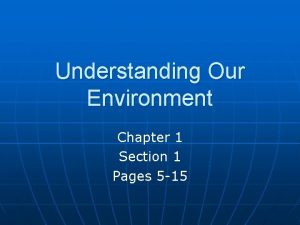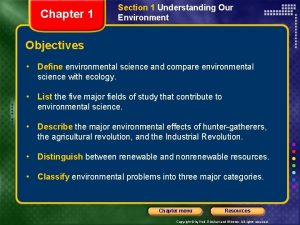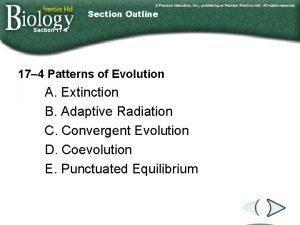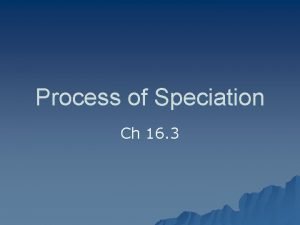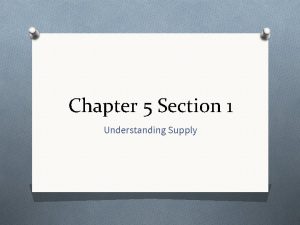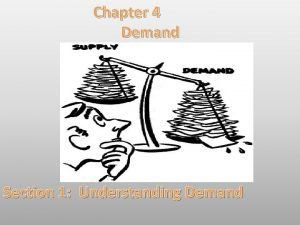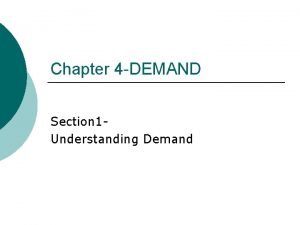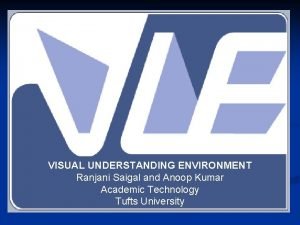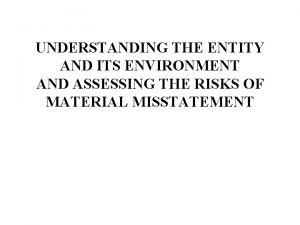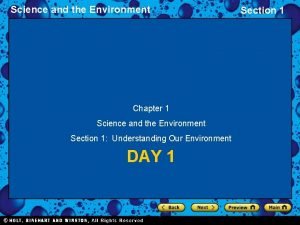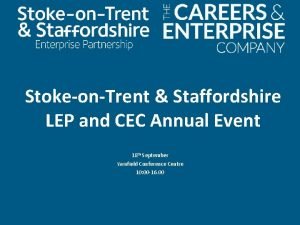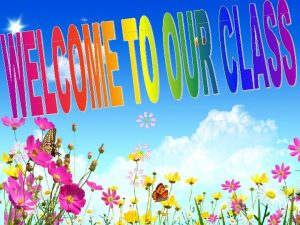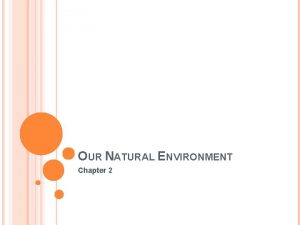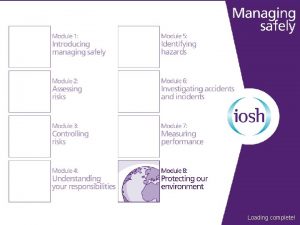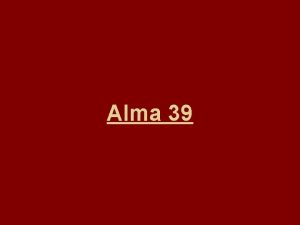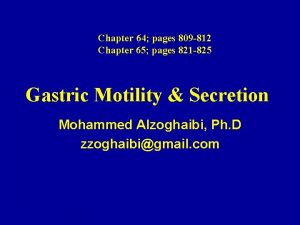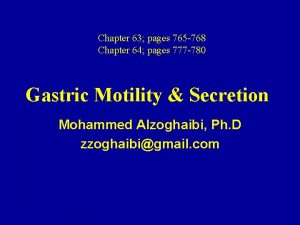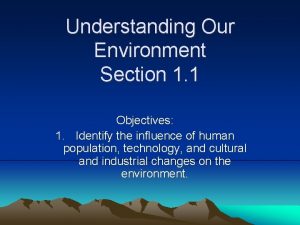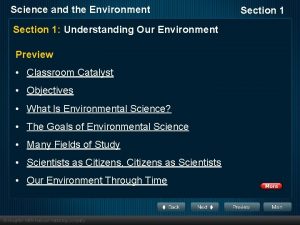Understanding Our Environment Chapter 1 Section 1 Pages

















- Slides: 17

Understanding Our Environment Chapter 1 Section 1 Pages 5 -15

What is Environmental Science? n n Environmental Science: the study of the impact of humans on the environment. Goal of Environmental Science: • To understand solve environmental problems.

This goal is accomplished by: n n n Studying how humans use natural resources, such as water and plants. Studying how our actions alter the environment. Environmental scientists must gather and analyze information from many different disciplines.

Fields of Study n Environmental Science involves many fields of study. • Physics – the study of matter & energy. n Engineering • Biology – the study of living organisms Zoology n Botany n Microbiology n Ecology n

n Chemistry – the study of chemicals and their interactions. • Biochemistry • Geochemistry n Earth Science – the study of the Earth’s nonliving systems and planet as a whole. • Geology • Paleontology • Climatology • Hydrology

§ Social Sciences – the study of human populations. • Geography • Anthropology • Sociology n Please be sure that you have a basic idea of what each of the sub-fields study as well. Page 7.

Scientists as Citizens, Citizens as Scientists n n n Studying our environment is vital to keeping a healthy, productive society. Environmental problems are often first discovered by non-scientists. Humans constantly change the environment.

Our Environment Through Time n Hunter-Gatherers: people who obtain food by collecting plants or hunting wild animals or scavenging their remains. • Typically migrate due to availability of different foods at different times of the year (still occurs in South America). • Their over-hunting may have led to disappearance of certain species. • They set fires to get rid of trees (easier to hunt). This led to less oxygen/more carbon dioxide.

Agriculture n n Agriculture: practice of growing, breeding, or caring for plants and animals to be used for various purposes (food, clothing, housing, transportation). This began ~10, 000 years ago, and is often called the Agricultural Revolution.

The Agricultural Revolution n Allowed human population to grow rapidly (easier to farm than to hunt/gather). Changed the food we eat (food evolution due to selective breeding). Forests were converted to farmland (slash-and-burn agriculture). • Caused soil loss • Floods • Water shortages

The Industrial Revolution n A shift (in the mid 1700’s) from energy sources, such as animal muscle and running water to fossil fuels, such as coal and oil.

Pros of the Industrial Revolution n Inventions, such as the light bulb, improved quality of life. Large-scale production = cheaper than local production. Fossil fuels allowed food and other goods to be transported cheaply great distances.

Cons of the Industrial Revolution n n Less people buy locally. Machines reduce laborers (less jobs). Populations grew (and are still growing exponentially) due to modern medicine and sanitation (starvation). Increase in using artificial materials such as plastics…led to pollution.

The Earth n Earth is a closed system – the only thing that enters Earth’s atmosphere in large amounts is energy from the sun, and the only thing that leaves in large amounts is heat. • Our resources are limited. • Wastes are produced more quickly than we can dispose of them.

Our Main Environmental Problems 1. Resource Depletion • Renewable: a resource that can be replaced relatively quickly by natural processes (fresh water, air, soil, trees, crops). • Non-renewable: a resource that forms at a much slower rate than the rate that it is consumed (fossil fuels). • Depletion is when a large fraction of the resource has been used up.

Problems (continued) 2. Pollution: an undesired change in air, water, or soil that adversely affects the health, survival, or activities of humans or other organisms. • Two main types of Pollutants: n n Bio-degradable: can be broken down by natural processes (human sewage and food wastes). Non-degradable: cannot be broken down by natural processes (plastics).

Problems (continued) 3. Loss of Biodiversity • Biodiversity: the number and variety of species that live in an area. • Lead to endangerment or extinction.
 Chapter 1 section 1 understanding our environment answers
Chapter 1 section 1 understanding our environment answers Section 1 understanding our environment answer key
Section 1 understanding our environment answer key Printed pages vs web pages
Printed pages vs web pages Our awareness of ourselves and our environment
Our awareness of ourselves and our environment Awareness of ourselves and our environment is
Awareness of ourselves and our environment is Awareness of ourselves and our environment
Awareness of ourselves and our environment Our awareness of ourselves and our environment
Our awareness of ourselves and our environment Section 17-4 patterns of evolution pages 435-440 answers
Section 17-4 patterns of evolution pages 435-440 answers Section 16-3 the process of speciation
Section 16-3 the process of speciation Section 1 understanding supply
Section 1 understanding supply Lesson 1: understanding demand
Lesson 1: understanding demand Economics chapter 4 section 1 understanding demand answers
Economics chapter 4 section 1 understanding demand answers Visual understanding environment
Visual understanding environment Understanding the entity and its environment template
Understanding the entity and its environment template Chapter 1 science and the environment section 2
Chapter 1 science and the environment section 2 Carl ward city learning trust
Carl ward city learning trust Financial environment of business
Financial environment of business What we can do to protect our environment
What we can do to protect our environment
